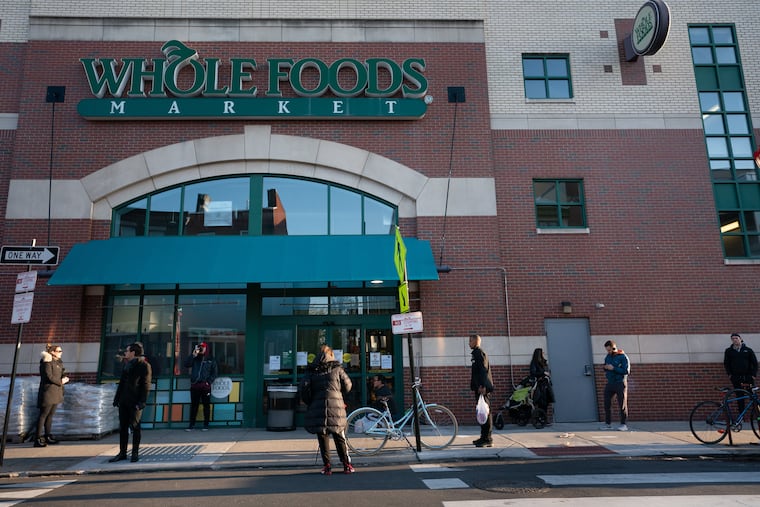Coronavirus and massive demand have turned online grocery delivery into a big headache
Demand is so high that some services and markets are often more than a week behind. Others, such as Whole Foods, have stopped taking on new customers altogether.

Demand is so high that some services and markets are often more than a week behind. Others, such as Whole Foods, have stopped taking on new customers altogether.
